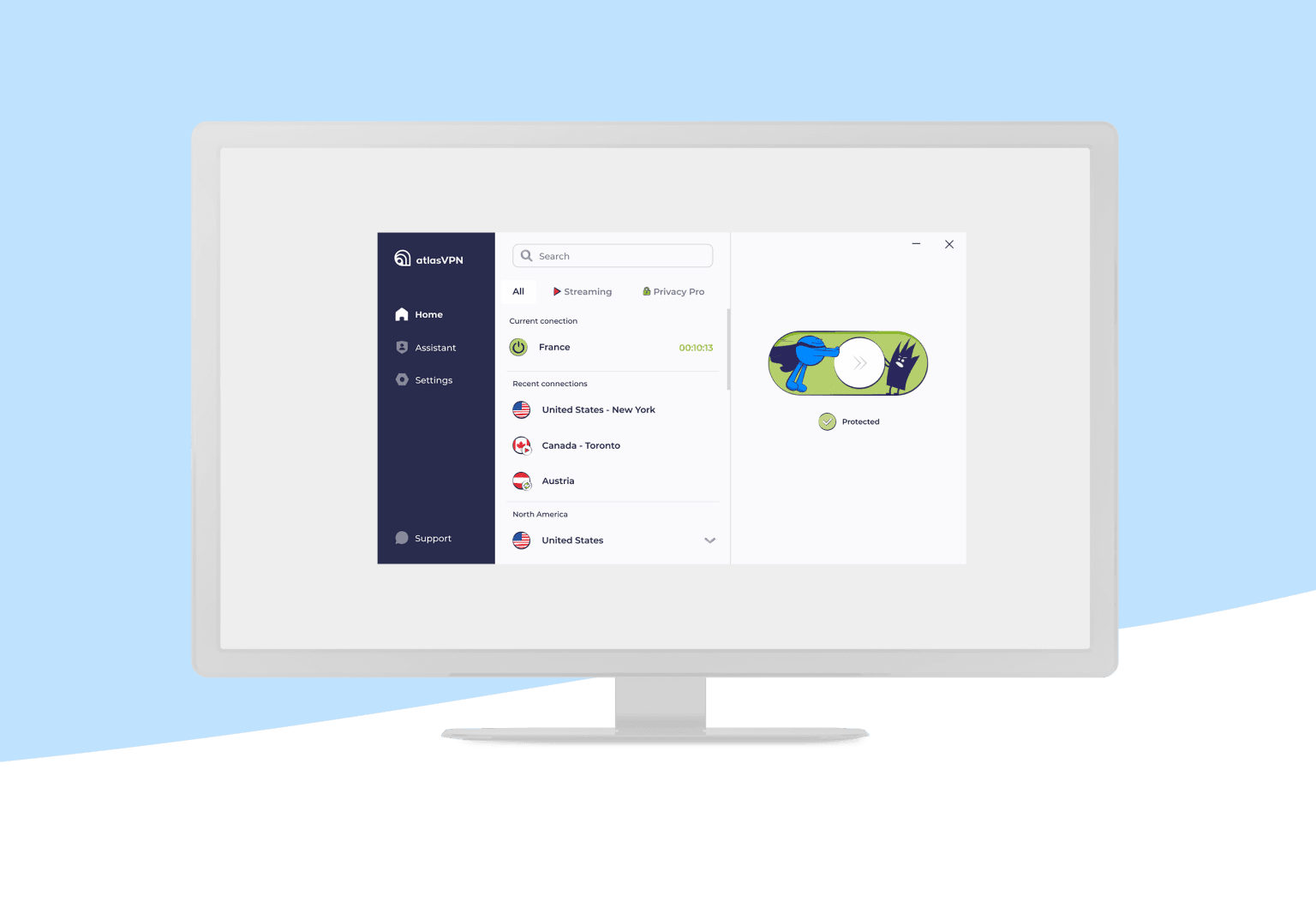Best Strategies to Simplify and Enhance Dynamics CRM Integration
An effective Dynamics CRM integration strategy is vital for your business if you’re seeking to optimize your operations and boost customer experiences.

An effective Dynamics CRM integration strategy is vital for your business if you’re seeking to optimize your operations and boost customer experiences. It implies connecting your CRM platform with major business systems as well as applications, enabling seamless data exchange and providing a complete view of customer interactions.
By integrating your CRM system with tools like ERP platforms, marketing automation software, customer support systems, and eCommerce platforms, businesses can eliminate data silos, reduce manual data entry, and enhance cross-departmental decision-making.
This unified approach simplifies workflows, enabling teams to provide personalized customer experiences throughout the entire journey, from initial contact to post-sale support. An effective CRM Integration strategy not only enhances operational efficiency but also builds customer loyalty and drives sustainable revenue growth.
This blog delves into the essential factors and proven strategies for successfully executing a CRM integration plan.
Creating a Successful CRM Integration Strategy
This CRM integration approach helps businesses of all sizes craft a cost-effective plan to maximize CRM value using the best project management approaches.
Evaluation and Strategy
The evaluation and planning stage is a critical foundation for any CRM integrations project. During this phase, businesses can clearly define the project scope and align it with their overarching objectives. It also helps mitigate risks and unlock the full potential of the later stages in the integration journey. Essential steps in this phase include:
-
Assessing current systems and workflows
-
Outlining the project’s scope and goals
-
Engaging stakeholders through interviews to gather insights on requirements, processes, and possible obstacles
-
Identifying specific needs and objectives for Dynamics CRM Integration
-
Developing a project timeline, assembling a dedicated team, and setting an appropriate budget
System Architecture and Design
Developing an effective integration framework for your CRM strategy involves making critical decisions about the architecture and tools to be used. Start by selecting the most suitable integration method, such as APIs, ETL, middleware, or web services, based on your business needs. Next, design an integration architecture that ensures efficient data flow and seamless system interoperability.
When employing Business Central CRM integration, it’s necessary to opt for technologies and tools that align with your architecture as well as organizational capabilities. Effective Solutions like iPaaS can future-proof your integration efforts, allowing you to scale automation up or down as business requirements evolve.
Finally, prioritize compliance and security by safeguarding sensitive data across cloud, hybrid, or on-premises ecosystems. This step ensures the integration adheres to relevant industry standards and regulations.
-
Select integration approaches like middleware, API, ETL, iPaaS, etc.
-
Design a robust integration architecture
-
Choose tools that support scalability and performance
-
Address security and compliance to meet regulatory standards
Data Assessment and Mapping
A successful CRM integration starts with a comprehensive data assessment. During this phase, you'll identify all data sources and evaluate the quality and completeness of the data within them. It's essential to detect and address any discrepancies, gaps, or issues that may affect the integration process.
The data you gather will serve as the foundation for your CRM integrations and will guide the creation of process maps. This step will help ensure smooth data transfers and identify potential obstacles. You'll also need to define transformation rules to ensure consistent data formatting between systems, applications, and databases.
This phase is also an excellent opportunity to apply data quality enhancement techniques, improving the value of your CRM data. Establishing clear data governance and compliance policies will help maintain data integrity, ensuring it adheres to industry standards and regulatory requirements.
-
Catalog existing data sources
-
Evaluate data for errors, inconsistencies, and completeness
-
Create data flow diagrams and mappings using BPMN
-
Set transformation rules for data consistency
-
Develop and enforce data governance policies
Implementation and Testing
Dynamics CRM Integration also involves developing and testing the integration solution. Begin by constructing key integration components and implementing data transformation logic to ensure smooth data flow across systems. After establishing reliable error handling and logging mechanisms for system maintenance and troubleshooting, proceed with a series of testing stages. These include unit testing to validate individual components, integration testing to verify data synchronization, and user acceptance testing (UAT) to confirm the solution meets business needs.
-
Develop core integration elements
-
Implement data transformation logic
-
Establish error handling as well as logging mechanisms
-
Conduct integration testing
-
Perform user acceptance testing i.e. UAT
Implementation and Launch
Prepare a detailed deployment checklist to ensure all necessary components of an ERP, for example, Business Central CRM integration, and ensure that it is ready for activation. If required, plan for downtime to minimize disruptions to daily operations. After deployment, conduct thorough validation to ensure the system is functioning correctly. Finally, provide comprehensive user training and ongoing support to facilitate the smooth adoption of the system.
-
Create a deployment specification
-
Schedule downtime, if needed, to limit business disruption
-
Implement the deployment plan
-
Do post-deployment confirmation
-
Offer user training and continued support
Ongoing Monitoring and System Refinement
An essential part of any successful CRM integration strategy is the monitoring and optimization phase. Regular monitoring ensures that the CRM integrations remain effective and adapt to evolving business needs, ultimately helping to drive long-term value and return on investment. This phase should focus on:
-
Implementing advanced monitoring tools to track system efficiency
-
Setting up custom KPIs to evaluate integration success
-
Utilizing real-time monitoring dashboards to enhance the visibility of data flows
The monitoring and improvement process also entails:
Conducting periodic performance analysis to:
-
Evaluate trends and identify inefficiencies or data silos
-
Evaluate how the integration is impacting business processes and employee productivity
By leveraging insights from these reviews, businesses can:
-
Improve workflows and data exchanges
-
Scale the integrations to accommodate changing business needs
Ongoing Maintenance and Assistance
The maintenance and support phase focuses on providing continuous assistance for any challenges that may arise after the Dynamics CRM Integration is completed. It involves designating a primary contact for support and creating a framework for routine maintenance and issue resolution. Implementing a well-organized change management process is also essential for managing future updates and system adjustments.
It’s essential to schedule periodic updates to ensure the integration adapts to evolving business requirements and technological progress. Providing continuous training sessions will keep the team knowledgeable and prepared, helping them stay updated on new features and ensuring smooth adoption.
Key actions include:
-
Establish support procedures
-
Document maintenance protocols
-
Employ a change management system
-
Schedule regular updates
-
Provide continuous employee training
Ongoing Optimization
A strong Dynamics CRM Integration plan will include a strategy for continuous enhancement. Begin by gathering feedback from users about their experiences and challenges, as this will pinpoint areas that need refinement. Regular assessments of the integration and its related systems will help ensure that the business remains adaptable to evolving requirements and industry trends.
Key actions involve:
-
Gather user feedback
-
Recognize areas for improvement
-
Implement updates and enhancements
-
Track emerging integration technologies
-
Regularly reassess the integration strategy
Final Words
A successfully implemented Dynamics CRM integration strategy can greatly boost operational efficiency and elevate customer experiences. By facilitating seamless data exchange between systems, businesses can remove data silos and empower teams to make more informed decisions. Consistent monitoring, periodic updates, and continuous optimization are crucial for sustaining the integration’s effectiveness and responding to evolving business demands. Investing in a comprehensive CRM integration strategy will not only streamline workflows but also promote sustainable growth and customer retention. Adhering to best practices allows businesses to fully harness the power of their CRM integration.
What's Your Reaction?




















